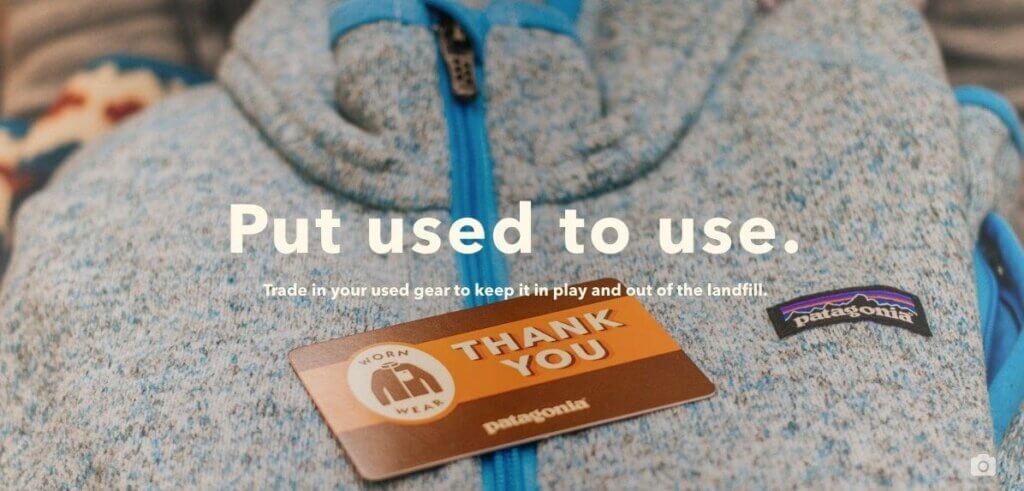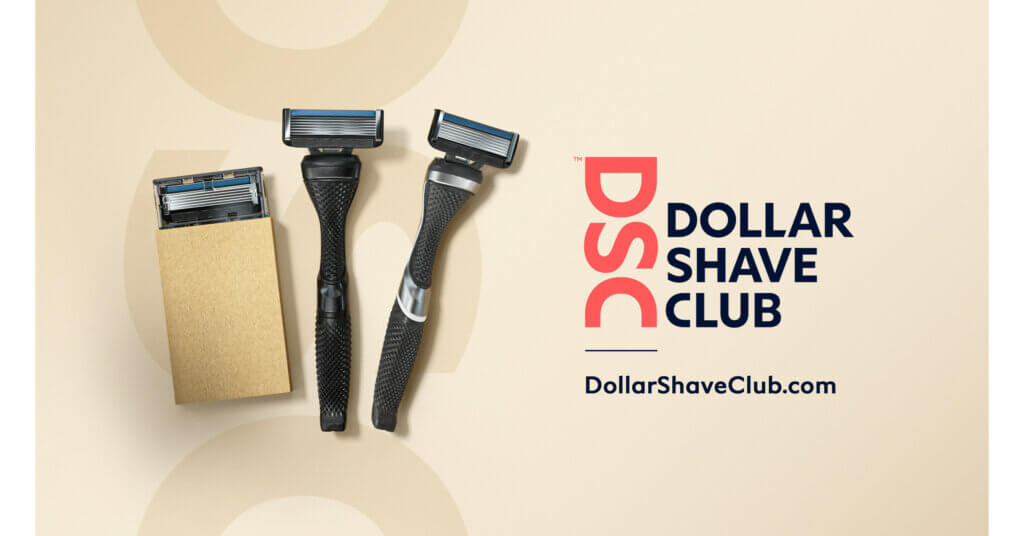Amidst this sea of competition in today’s market, one strategy has emerged as a powerful tool for cutting through the noise: storytelling in marketing. Compelling narratives can captivate audiences, evoke emotions, and forge meaningful connections with consumers.
In this blog post, we’ll discuss the importance of storytelling in the current digital landscape. We’ll also examine real-life examples and case studies that illustrate the power of storytelling in marketing.
The Human Connection
At its core, storytelling taps into the fundamental aspect of human nature—the desire to connect with others through shared experiences, emotions, and values. In an increasingly digital world, where face-to-face interactions are limited, companies that can create a sense of connection with their audience have a distinct advantage. By using narratives that resonate with their target market, brands can humanize themselves and establish a genuine relationship with consumers.
Standing Out in a Crowded Market: Finding Your Narrative For Storytelling in Marketing
In the overcrowded marketplace, brands that fail to differentiate themselves risk being lost amidst the competition. Compelling narratives enable companies to carve a unique identity and create a lasting impression in the minds of their customers. By crafting stories that highlight their core values, mission, and vision, brands can differentiate themselves from competitors and attract a loyal following.
One remarkable example is the outdoor clothing retailer, Patagonia. Founded by Yvon Chouinard in 1973, Chouinard made the mission statement simple: Patagonia is in business to save our home planet.

Chouinard has honored this mission statement from the start. When he first began to create tools to improve climbing, he and Tom Frost sold steel pistons. They were effective in protecting the climber, but not the terrain. This of course proved contradictory to their beliefs, so they pivoted and created a new tool that encouraged customers to change the way they climbed.
According to an article published by The University of Vermont, “…this sense of humility is evident in Patagonia’s storytelling as they weave together voices from Chilean fishermen, female carpenters, Japanese sake brewers, and many more. The company illustrates the impact of environmental and social issues on the people experiencing these issues firsthand. Patagonia’s stories create a community around their brand and shed light on how we can all make a difference. The stories Patagonia shares through their platform ground these issues and create community for all involved with the brand.”
Through their storytelling efforts, they have successfully positioned themselves as an environmentally conscious company, resonating with consumers who value sustainability.
Emotional Engagement and Customer Loyalty
Compelling narratives have the power to evoke emotions, creating a deep sense of connection with the audience. Emotional engagement plays a crucial role in building customer loyalty and advocacy. When consumers feel emotionally invested in a brand’s story, they are more likely to become loyal customers and brand advocates.
A case study that exemplifies this is Dove’s “Real Beauty” campaign.

Launched in 2004, the Dove Campaign for Real Beauty aims to build confidence in both young girls and women and show that beauty comes in all shapes and sizes. The advertisements they push tell the stories of how frequently society pushes women and children to think poorly of themselves so that brands can more easily sell to them, but Dove’s campaign pushes an idea that empowers women and girls to find beauty in their own skin.
By shifting the focus from traditional beauty standards to celebrating real women and their diverse beauty, Dove created an emotional bond with their audience and built a loyal following.
Memorable and Shareable Content
Stories are memorable and shareable. When brands tell engaging narratives, they create content that resonates with consumers and sticks in their minds.
Memorable stories are more likely to be shared among friends, family, and social media networks, increasing brand reach and visibility.
The Dollar Shave Club’s launch video is a perfect example of creating shareable content through storytelling. Faced with the challenge of getting the startup off the ground and attracting investors… the founder created a hilarious video to connect with his target audience and cast himself as the protagonist in the Hero’s Journey of his own brand.

With a witty and engaging narrative, the video went viral. This generated millions of views and skyrocketed the brand’s visibility, further emphasizing the power of effective brand storytelling in marketing.
Conclusion
By leveraging the power of storytelling in marketing, companies can forge genuine connections, differentiate themselves from competitors, and create emotional engagement with their target audience.
Real-life examples like Patagonia and Dove demonstrate the effectiveness of storytelling in marketing, while shareable content from brands like Dollar Shave Club showcases the viral potential of captivating narratives.
Embracing the power of storytelling allows companies to stand out. Find your voice, and you find your edge over competitors.




